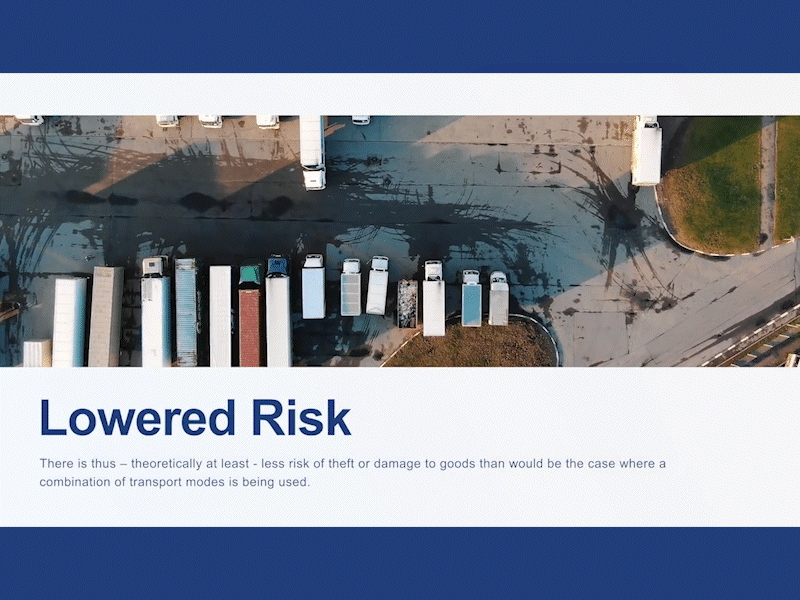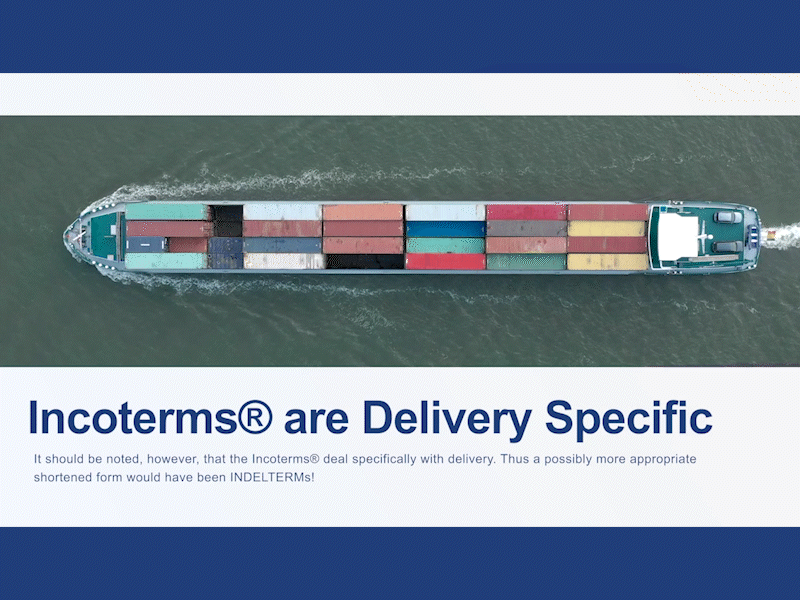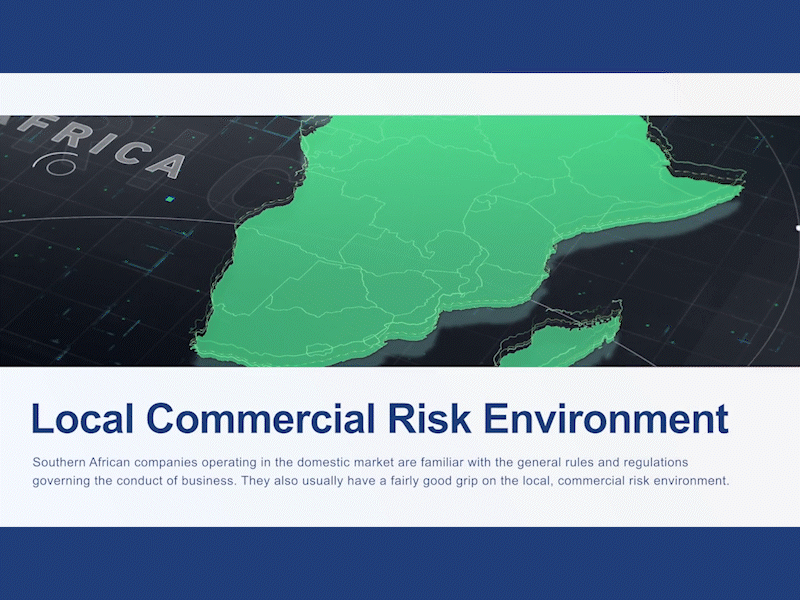In order to transport your goods to foreign markets efficiently and competitively, you need to have a solid understanding of the international transport landscape. As we have previously discussed, choosing the most appropriate mode of transport when exporting your goods to foreign markets significantly influences your business’s global success. However, choosing whether to use sea transport, air freight, road transport, rail freight, or a combination of transport modes requires careful consideration and planning. This article takes a look at how containers are utilised to transport goods internationally.

How Different Modes of Transport are Utilised to Transport Containers.
Containerisation accounts for an ever-growing proportion of international cargo movement, particularly in the ocean transport industry. Containers are either six metres in length, referred to as one 20-foot equivalent unit (TEU) or twelve metres in length (two TEUs). Cargo is stowed within the containers and transported using container vessels, road transport or rail freight. As we explained in our air freight article, the containers utilised in air freight are not standardised TEUs but rather lightweight containers explicitly designed for a particular aircraft hold. Standardised TEU or two TEU containers are loaded and offloaded from container vessels using gantry cranes which move containers overhead to and from birthed vessels.
Straddle carriers move containers between the quayside and the container yard section of a container terminal. Containers are transferred from one mode of transport to another at container terminals, where specialised equipment is used to lift them on and off different types of conveyance. For example, containers are lifted on or off a railway truck, road haulier or vessel. Container terminals can be either situated at a seaport or a dry port. A dry port is a rail terminal situated in an inland industrial or commercial centre with direct links to one or more seaports. Dedicated container trains are used to transport export cargo to the coast for onward conveyance by sea.

Container depots are usually situated directly within or close to a port or industrial area, generating a high level of container traffic. The main activity of a container depot is the consolidation of small breakbulk consignments into full container loads and the ‘destuffing’ of cargoes consigned to several local importers. The three types of container service offered to shippers are an FCL (full container load) service, an LCL (less than full container load) service or a groupage service. As an exporter, it is important to understand how container services can be used to transport your goods.
To ensure you understand all the essentials of the various modes of transport and their associated services, Trade Forward Southern Africa, in collaboration with the International Trade Institute of Southern Africa, has created a free and comprehensive online training course that provides training on all aspects of transporting goods internationally, including modes of transport, Incoterms® and multimodalism. Click the links below to sign up for free and get started.
To sign up to the School of Export CLICK HERE.
If you already have a profile, CLICK HERE to login to begin the module.










Leave a Reply